Specification / Clear PET Bottles
Our specification
PET bottles are the most common form of packaging for soft drinks. PET is also currently the only polymer that can be recovered from waste, treated and recycled into a material that can stay in direct contact with food. PET also has the overall lowest Life-Cycle Assessment (LCA) score, when used in single use packaging products, making it the ideal candidates for plastic recyclers.
PET bottles are collected from urban waste packed in bales (normally divider by colour) which is processed by recyclers to produce flakes. This process usually covers washing, grinding and various sorting steps. The produced flakes are then turned into pellets of Recycled PET (RPET) or are directly used in other production streams.
To do this reliably and economically recyclers care about the following two key points:
Our colour specification requirements
The most versatile flakes are clear as any colour pigment can be added later on to produce any variety of bottles. Coloured PET bottles will produce coloured flakes which will limit their usage.
Colourless translucent PET Bottles
Most common type of bottles, used largely for beverage application and household products. Often referred to as clear material or sometimes CTL.
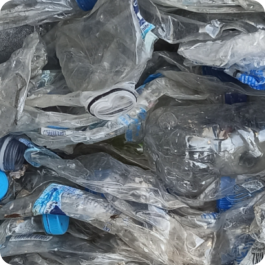

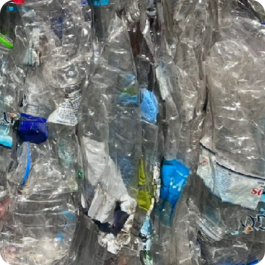
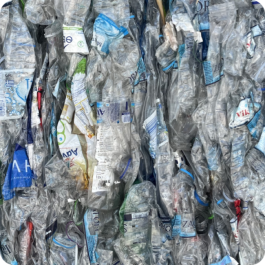
Light blue PET bottles
Second most common type of bottles, they are generally accepted up to 10-15% in clear bales or sold as light blue bales, sometimes also referred to as CTA.
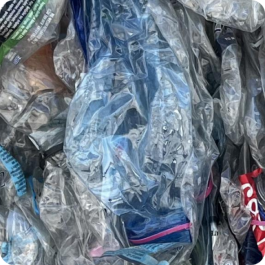
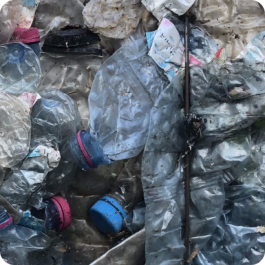
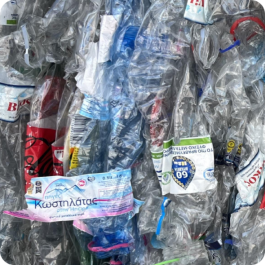

Dark blue, green and other coloured translucent PET bottles
The presence of these bottles generally hurts the yield (if they are rejected by the optical sorters) or deteriorates the quality of the flakes produced (meaning the material has less possible applications and will likely be used only for dark colour/fiber production).
Dark blue is slightly better than green as blue mixes better with the clear whilst green when mixed with clear will produce a brown flake.



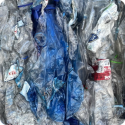

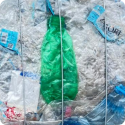

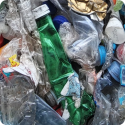
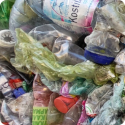
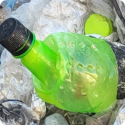

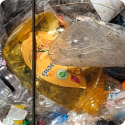
White and coloured opaque PET bottles
This material is considered non target and, apart from very specific application, its presence is to be avoided as it can contaminate large quantities of flakes during the extrusion process.
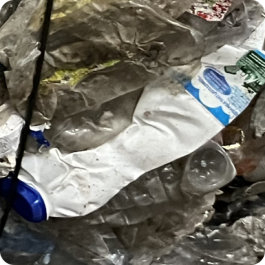
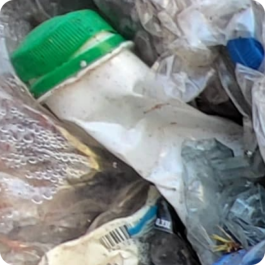
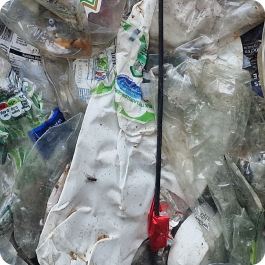
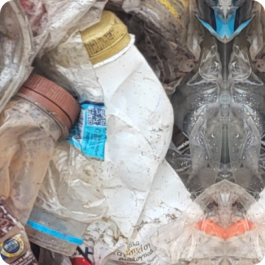
Our dirt specification requirements
There are different types of dirt on bales, some more problematic than others. It is important to understand what aspects of dirt recyclers care about and why. Generally recyclers aim to produce a flake with a nominal l-value economically. A transparent flake with a good transparency can be used in any application while darker or mixed colour flakes have less applications.
The most versatile flakes are clear as any colour pigment can be added later on to produce any variety of bottles. Coloured PET bottles will produce coloured flakes which will limit their usage.
If the flakes are not clear/transparent enough they will need to be mixed with other flakes of higher purity which lowers the margins of the recycler.
Dirty material is likely to increase maintenance cost of the washing line. Dirt contained in bottles increases the wear of the equipment and reduces the capacity of the line as more time will need to be dedicated to preventive maintenance.
Dirt slew filled with micro-plastics is a byproduct of washing lines which is costly to dispose. Most landfills will not accept this by product and in most cases it cannot be sent to WTE streams (Waste to Energy) which causes issues for the recycler.
Dirty material weighs more (end-buyers are paying for dirt and not target material)
Opaque (non-translucent) PET material, although not dirty, will result in a flake of lower quality than if the material was translucent.
Translucent material
Translucent material is see through. Material can be dirty but still translucent and should be easy to wash.
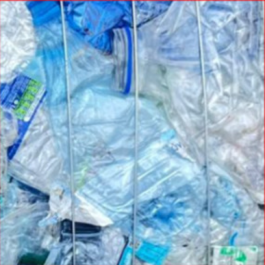



Opaque material
Opaque material is non-see through. This can be a result of excessive dirt, aged material or overly recycled material. This material will produce a lower l-value flake.

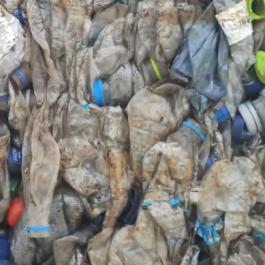

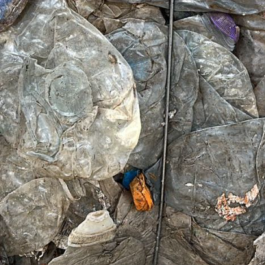
Types of dirt
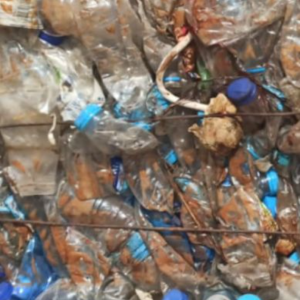
Rust
Long horizontal lines of brown are typically rust coming from the bale wire. This is not a concern.
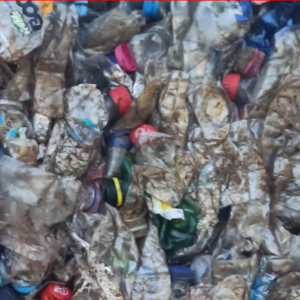
Surface dirt
This is dirt can be washed easily. It gets logged in cracks of the material.

Coalesced brown dirt
Orange brown, sandy looking dirt. Impression that it has fused with the material and extensive wash would be required.
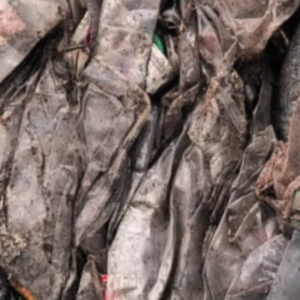
Coalesced black dirt
Dark dirt, oily looking dirt. Impression that the dirt is fused with the material. Even an extensive wash might not be able to clean the material.
Our contamination specification requirements
Contamination is everything which is not PET bottles. Some contamination are worse than others and we will list below we consider to be contaminants.
Recyclable Material Sources
Other Plastic
Film, HDPE, PP, PS, Multi-Layer bottles
Clear PET Food-Grade Other
Film, HDPE, PP, PS, Multi-Layer bottles
Clear PET Non Food-Grade
Washing up detergents, Lenor cleaning product
Coloured PET
PET light transparent non-blue, dark transparent bottles, coloured trays
PVA/PA/PC
PVA/PA/PC
Metal
Steel, Aluminium
Prohibitive
Hazardous, medical contamination
Clear PET Trays
This material can be worked in bales which are composed of tray only. When mixed with bottles tray will be discarded from the line and will determine a loss of yield. PET trays often are not composed 100% from PET as they have anti uv layers.

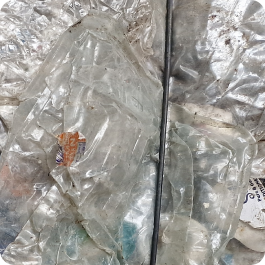
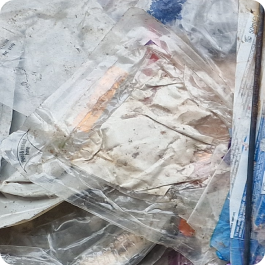
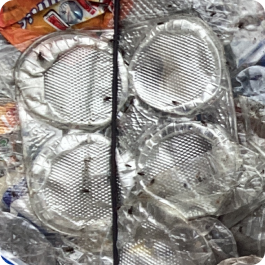
Clear PET Non-Food grade
This is material coming from household product and similar application, it is normally discarded as majority of RPET production is for food application.
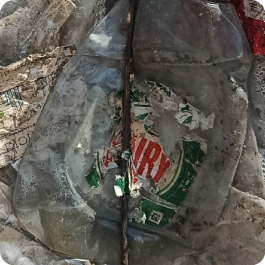
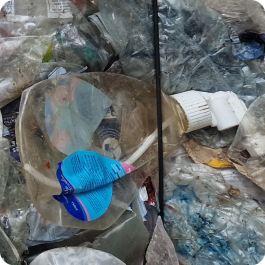
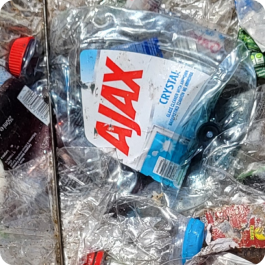
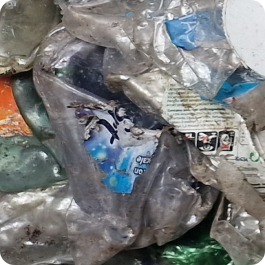
Film
This material will be discarded with difficulty and can quickly deteriorate the capacity and output quality of the washing line. It should be avoided as much as possible from the bales of bottles.
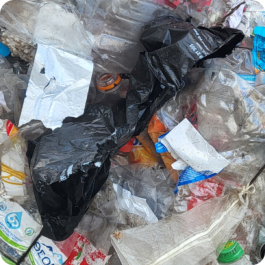
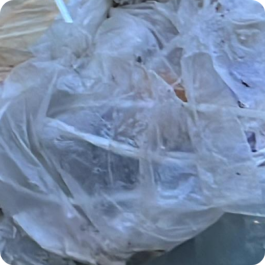
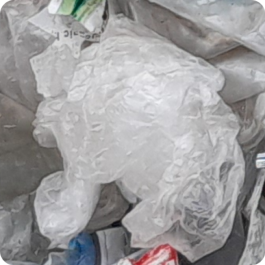
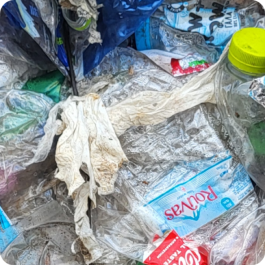
PVA/PA/PC
This material will be discarded from the line and determine a loss of yield.